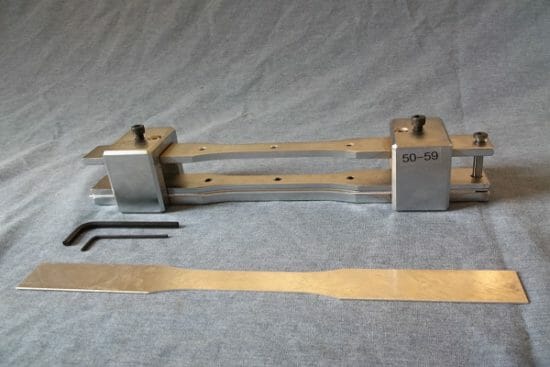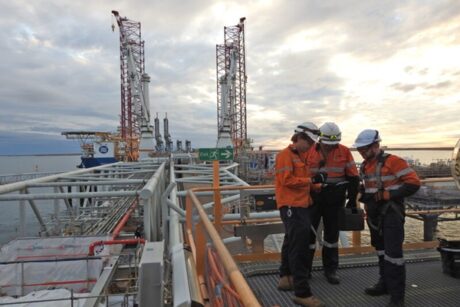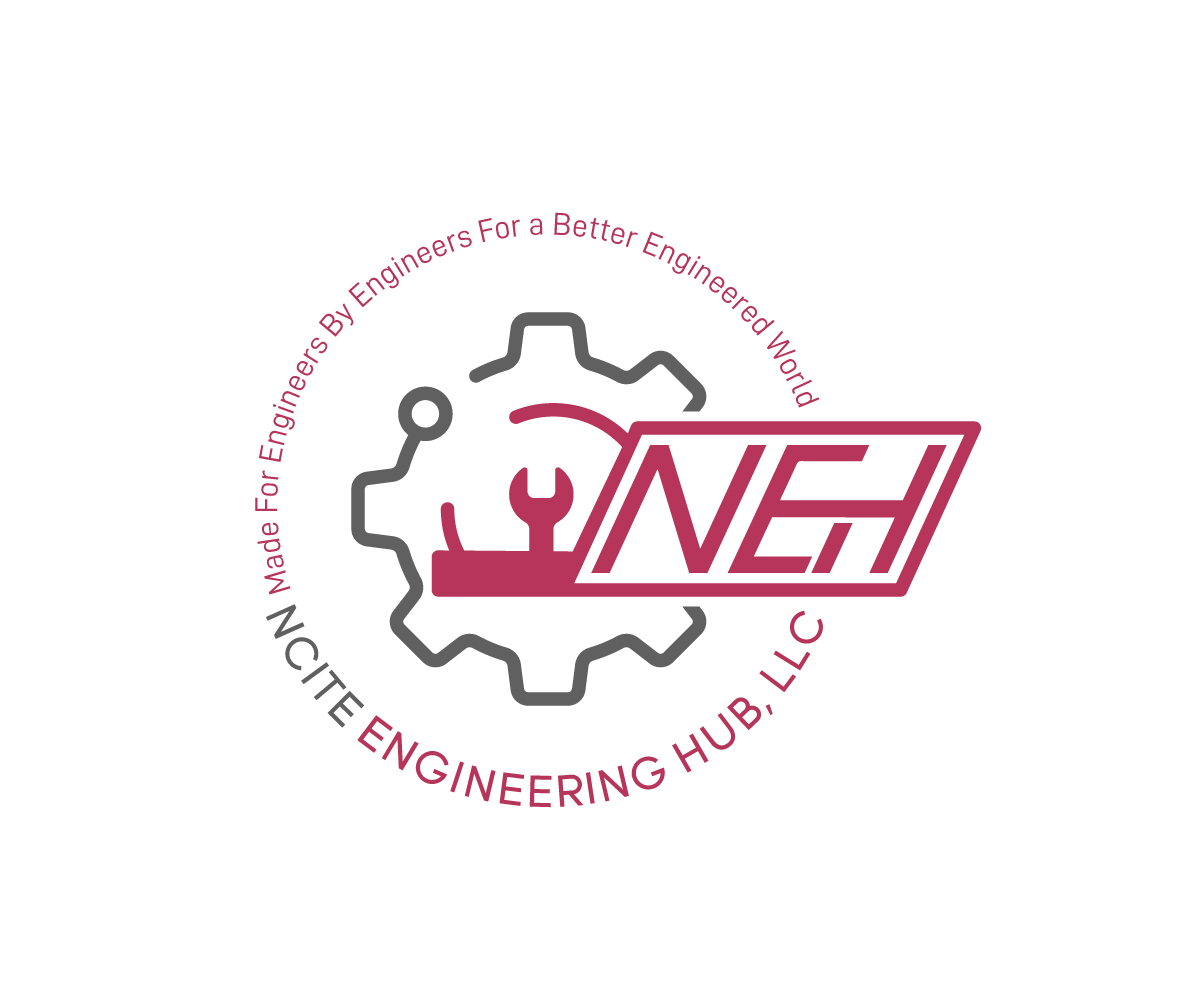- Course No E – 1707
- PDH Units: 3
No data found for Custom Course Number
No data found for Custom Course Units
- Course No E – 1707
- PDH Units: 3
Intended Audience: Mechanical, ceramic, chemical, materials, and metallurgical engineers.
PDH UNITS: 3
This course discusses the structure and properties of metals and alloys. This knowledge is important for engineers to understand when selecting a metal or alloy for a specific application. Many engineers require knowledge of structure and properties in order to ensure that undesirable deformation, corrosion and failure in a component or structure do not occur. For example, civil and structural engineers must select steels with sufficiently high strength for bridges so that deformation does not occur. A mechanical engineer may decide between stainless steels with different strengths and composition for use in a corrosion resistant pressure vessel. A nuclear engineer must understand how allows behave in corrosive environments at higher temperatures. On the other hand, ceramic, chemical, materials, and metallurgical engineers must understand structure and properties in order to process and fabricate materials that meet the requirements of a specific application. This course first covers atomic and crystalline structure of metal and alloys. This includes information on bonding, crystalline structure types, lattice defects and alloys. The course then discusses mechanical properties by first defining stress and strain. It covers the different types of stresses and the differences between elastic and plastic strain. Details on the stress versus strain curve are presented. Heat treatment, cold working and hot working of metal and alloys are addressed. Corrosion and the different types of corrosion are discussed. An overview of hydrogen embrittlement is provided. The course materials are based on the U.S. Department of Energy Fundamentals Handbook Materials Science Volume 1 (DOE-HDBK-1017/1-93)
Learning Objective:
At the successful conclusion of this course, you will learn the following knowledge and skills:- Fives types of atomic bonding and their differences
- Three most common types of lattice crystalline structures for metals and alloys
- Specifics about the property of polymorphism in iron and other metals
- Fundamentals and differences between point, line, interfacial and macroscopic defects in crystalline structures
- The definition of stress, elastic and plastic strain, and Young’s Modulus
- How to determine mechanical properties from the stress versus strain curve including yield strength, ultimate tensile strength, and ductility
- Details on toughness and hardness
- Effect of heat treatment and other processing techniques on the properties of metal and alloys
- The different types of corrosion that affect metals and methods to prevent corrosion
- Concepts on hydrogen embrittlement
Once completed, your order and certificate of completion will be available in your profile when you’re logged in to the site.










